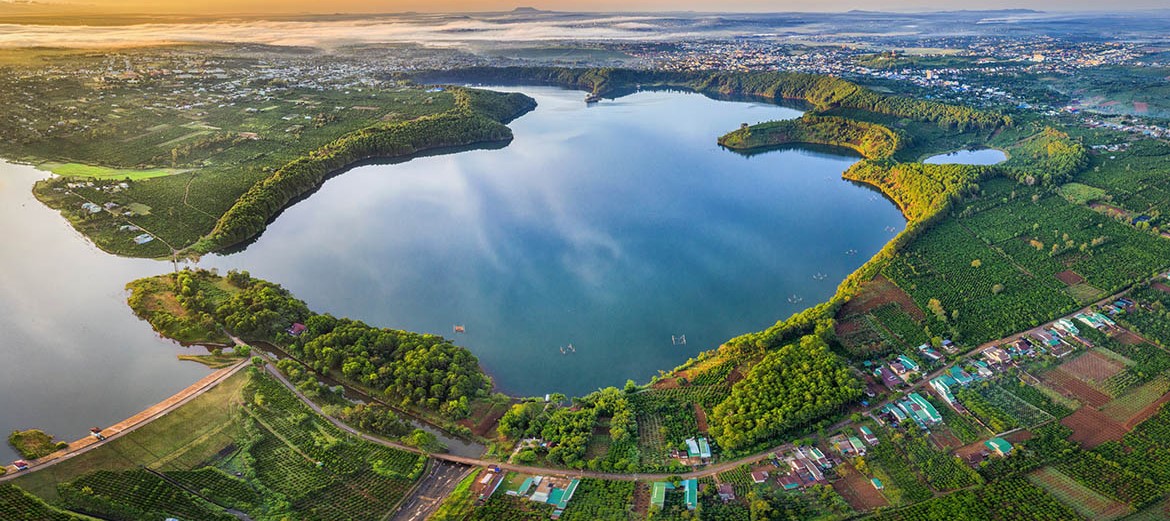
Revised Law on Environmental Protection in Vietnam: A Push Towards Sustainable Waste Management
Vietnam’s revised Law on Environmental Protection (LEP), which took effect in January 2022, marks a significant shift towards sustainable development and waste management. This updated legislation aims to reinforce the extended producer responsibility (EPR) of manufacturers and importers, emphasizing the need for increased recycling and a circular economy approach.
Vietnam’s Waste Management Landscape
In 2020, Vietnam was ranked among the top five countries generating the most solid waste, producing approximately 13 million tons per year, according to ReportLinker, a tech company specializing in market data and forecasts. Earlier, in 2017, Vietnam generated around 38,000 tons of municipal waste daily. The Vietnam Environment Administration noted a yearly increase in municipal solid waste by 10-16 percent, a worrying trend for the country’s environmental future.
At that time, a staggering 85 percent of Vietnam’s waste was disposed of in landfills without any treatment, and 80 percent of these sites were “unhygienic and polluted the environment.” While the national 3R (Reduce, Reuse, Recycle) campaign had gained momentum, waste management was still heavily reliant on landfilling.
The waste management industry in Vietnam is predominantly state-owned, with technologies sourced from countries such as Singapore, China, the USA, and Europe. However, the country has been slow to adopt advanced waste management technologies, focusing mainly on hardware products. Unclear legislation has driven the adoption of foreign waste management methods. In recent years, the government has been promoting waste-to-energy technologies to convert waste into useful resources, aligning with the global shift towards sustainable practices.
Current State of Recycling in Vietnam
Despite the challenges, recycling efforts have seen some progress. In 2020, Hanoi had the highest recycling rate among Asian cities, with about 20 percent of its municipal waste recycled. ReportLinker highlighted that recycling activities in Vietnam are often carried out at the household level. People frequently sell or give away recyclable items, such as metal cans and paper, to waste-pickers, who play a vital role in sorting and classifying waste before selling it to recycling companies.
Most recycling businesses in Vietnam are informal family-run operations or small-scale enterprises. The country’s National Waste Management Strategy aims to build a circular economy by 2025, focusing on comprehensive waste collection and recycling as a means to reduce landfill waste.
Revised Law on Environmental Protection (LEP) and Circular Economy
In response to the growing waste crisis, Vietnam revised its Law on Environmental Protection (LEP) in 2020. As highlighted by “Vietnam Briefing,” a publication by Dezan Shira & Associates, the revised LEP integrates the concept of a circular economy into planning strategies, development plans, and waste management initiatives. The law promotes an extended producer responsibility (EPR) policy, which mandates that producers and importers take responsibility for recycling their products and packaging.
The government has further outlined these requirements in Article 54 and Article 55 of the LEP, specifying the collection, disposal, and recycling processes for various waste products, including plastic waste. Under the revised law, domestic solid waste must be sorted into three categories: reusable or recyclable waste, food waste, and other solid domestic waste. Producers and importers of recyclable products and packaging are required to collect them for post-use recycling at specified rates.
Manufacturers have two options to comply with the new regulations:
- Organize recycling independently according to the set rates and standards.
- Make financial contributions to the Vietnam Environment Protection Fund (VEPF) to support recycling efforts.
Article 55 also stipulates that producers and importers of packaging containing toxic substances, which are difficult to recycle, must make financial contributions to support solid waste treatment activities.
Benefits and Challenges of a Circular Economy in Vietnam
Dezan Shira & Associates outline four key benefits of a circular economy for sustainable business development: resource efficiency, environmental protection, economic growth, and social benefits. To comply with the new law, manufacturers and producers in Vietnam must register recycling plans and report their recycling results annually to the Ministry of Natural Resources and Environment. Both local and foreign-invested companies are encouraged to prepare recycling plans and budgets in line with EPR requirements.
However, transitioning to a circular economy demands a robust regulatory framework that allows all economic sectors to integrate circular practices into production, consumption, and waste management. To accelerate this process, Vietnam needs to enhance cooperation between the government and business entities, facilitate effective partnerships with the private sector, and foster trust among businesses. With increasing government policies and rising awareness among businesses and communities, Vietnam is positioned to become a leader in sustainable economic development.
Conclusion
The revised Law on Environmental Protection is a crucial step for Vietnam in addressing its waste management challenges and promoting a circular economy. By strengthening EPR and encouraging sustainable practices, Vietnam aims to reduce its environmental footprint, improve resource efficiency, and foster a sustainable future for all.


